News
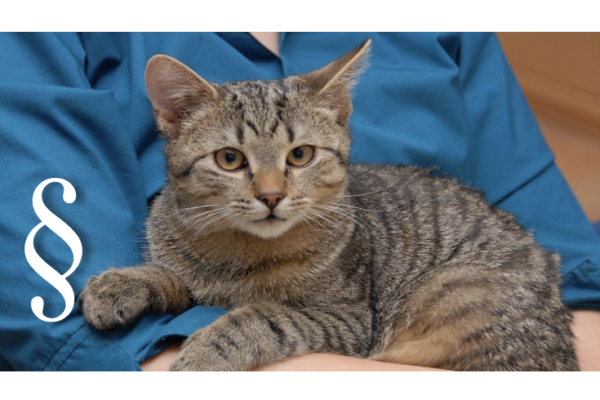
08.05.2025
Legal
Legal Q&A: Informed consent for pet owners in veterinary biobanking
BBMRI.at Legal Helpdesk answers a question

25.04.2025
For Researchers
| News
Call for Transnational Cancer Research Services – Apply Now
canSERV Open Call for researchers in and outside the EU

11.04.2025
News
“BoB – Best of Biotech” is back – submit your business ideas
11th edition of the biotech business plan competition
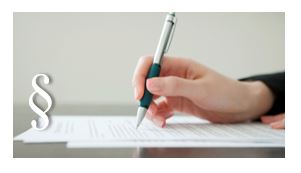
11.04.2025
Legal
Legal Q&A: What is the status of broad consent in Austria?
BBMRI.at Legal Helpdesk answers a question

10.04.2025
For Researchers
| News
BBMRI.at Biobanking eNEWS
News and current affairs regarding biobanking: February – March 2025
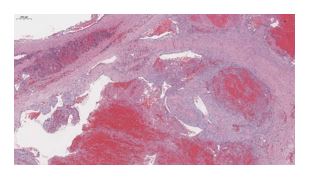
10.04.2025
News
| Publication
Advances in diagnosis of splenic tumors in dogs using analysis of miRNA from veterinary biobank samples
BBMRI.at publication on differentiating splenic tumors in dogs
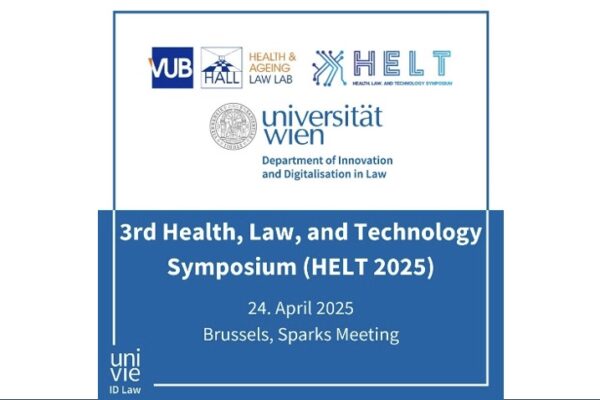
08.04.2025
Events
Register now: HELT 2025 – One Health Workshop on legal, environmental, and technological challenges in digital health research
BBMRI.at participation at HELT 2025 Symposium in Brussel, register now

06.04.2025
Events
Register now: AI in biobanking: legal & IT challenges – with BBMRI.at expert presentation
BBMRI-ERIC ELSI DIALOGUES webinar on navigating the future (11 Apr 2025; 11-12 CEST)

11.03.2025
Events
Successful event “New Era for Health Data” on secondary use of data in EHDS and DGA
Successful event “New Era for Health Data” by BBMRI.at team from UNIVIE
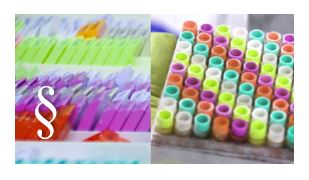
06.03.2025
Legal
Legal Q&A: Can human biological samples be sold?
BBMRI.at Legal Helpdesk answers a question
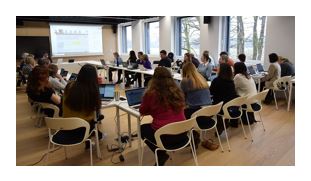
04.03.2025
News
| Partner
GenomeMET Project Meeting in Ljubljana: Progress and insights
Reference materials & methods for early cancer detection and precision medicine – presentation by BBMRI.at member at GenomeMET consortium meeting (Ljubljana, SLO)
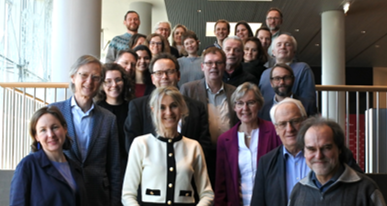
15.02.2025
For Researchers
| News
BBMRI.at Annual Meeting with advisory board:
Reflecting past achievements and ideas for the future

08.05.2025
Legal
Legal Q&A: Informed consent for pet owners in veterinary biobanking
BBMRI.at Legal Helpdesk answers a question

25.04.2025
For Researchers
| News
Call for Transnational Cancer Research Services – Apply Now
canSERV Open Call for researchers in and outside the EU

11.04.2025
News
“BoB – Best of Biotech” is back – submit your business ideas
11th edition of the biotech business plan competition

11.04.2025
Legal
Legal Q&A: What is the status of broad consent in Austria?
BBMRI.at Legal Helpdesk answers a question

10.04.2025
For Researchers
| News
BBMRI.at Biobanking eNEWS
News and current affairs regarding biobanking: February – March 2025
Events

